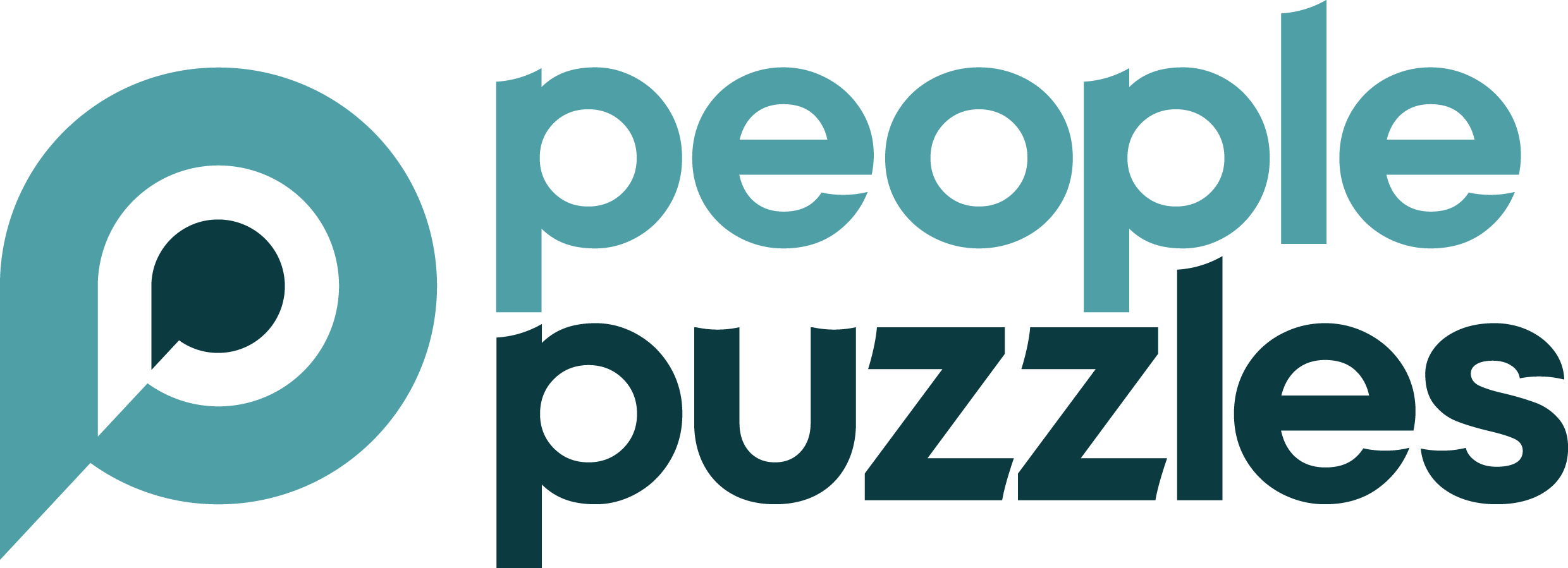The social component of ESG directly impacts an organisation’s human capital – its employees. ESG is not just a set of rules for ethical behaviour or sustainability efforts; it also encompasses employee welfare, diversity and inclusion (D&I), equitable opportunities, and overall employee engagement, which all generally fall into the realms of the HR team.
Employee engagement and wellbeing
Employees are a business’s greatest asset, and a company committed to ESG will prioritise employee wellbeing and mental health. HR must integrate wellbeing initiatives into the company culture by offering health resources, mental health support, and creating an environment which nurtures personal growth.
I have seen at first-hand that an engaged workforce drives better business performance, reduced turnover, and increased job satisfaction – all of which contribute to a company’s long-term success.
Diversity and inclusion (D&I)
HR plays a crucial role in building diverse workforces, reflective of different perspectives, backgrounds, and identities. This goes beyond just recruitment, the HR team must also ensure that inclusive policies are implemented and that a fair, non-discriminatory environment is maintained.
Talent attraction and retention
An effective ESG strategy can be a key differentiator in attracting and retaining top talent. Today’s candidates are also concerned with how a company treats its employees, engages with the community, and impacts the planet.
Community impact
HR is in a unique position to ensure that the company’s impact extends beyond the workplace and into the wider community. An integral part of the “social” side of ESG is community engagement and the company’s stance on human rights. HR should take a leading role in developing and implementing policies that ensure fair wages, workplace safety, and a commitment to modern slavery avoidance.
Moreover, the HR team can help guide the company in supporting local communities and creating positive social change through volunteering programs, partnerships with industry bodies and charitable initiatives.
Improved brand reputation
A business which commits to ESG practices positions itself as being forward-thinking, ethical, and sustainable. Strong ESG practices contribute to a positive reputation, helping businesses win to customers, partners, and investors who share similar values.
Increased customer loyalty
As customers become more socially conscious, they are actively seeking brands that prioritise sustainability, ethical labour practices, and community engagement and they are likely to commit to working alongside these businesses ongoing.
Financial performance and investor interest
Investors and lenders are increasingly seeking businesses with strong ESG credentials, making it easier for companies with a solid HR-driven ESG strategy to secure funding or financing at lower costs.
Key steps for integrating ESG into the HR function
Below are key steps for HR teams to consider when implementing an ESG strategy:
1/ Review the current ESG position
Start by reviewing the company’s current ESG practices and identifying gaps. This will provide clarity on what’s already working and where improvements can be made. I’d always advocate that the HR should lead this review in collaboration with senior management and other departments to gain alignment on strategic objectives.
2/ Develop ESG-centric people policies
Design policies that address the social aspect of ESG – focusing on diversity, equality, employee wellbeing, training, and career development. This should be centred around creating a strategy that prioritises fair wages, safe working conditions, and work-life balance, while also developing clear policies around governance issues like anti-corruption and compliance.
3/ Foster a culture of ESG
Lead by example and promote a culture of sustainability, fairness, and transparency. This can be achieved through training, internal communication, and leadership programs that encourage employees to act as ESG champions.
4/ Set clear ESG goals and metrics
To ensure accountability, HR should set clear, measurable ESG goals. This includes tracking key performance indicators (KPIs) around employee engagement, diversity, sustainability practices, and corporate governance.
As businesses strive to meet the growing demands for ESG responsibility, HR has an integral role to play in creating a people-centred strategy that supports environmental and governance goals. I believe that the HR function is not only the steward of organisational culture but also a key driver of responsible business practices, which creates long-term value for both employees and the wider community.
Kathryn Marshall is one of People Puzzles experts on supporting businesses in developing their approach to ESG. Environment, Governance and Social are the fundamental pillars which form the strategy and, thought of in another way, are also the building blocks to running an effective and financially sustainable business. Kathryn has presented to Vistage Groups and recently facilitated the development of the strategy with one of her clients. Kathryn comments:
“The learning has been that ownership of the agenda is diffused across the organisation (no-one owns it). Not everyone sees it as important, until it is seen as good management practice. A lot of the activity is people related, and a surprising amount of effort already happens but isn’t badged under an ‘ESG strategy’”.

Kathryn Marshall, People Director


